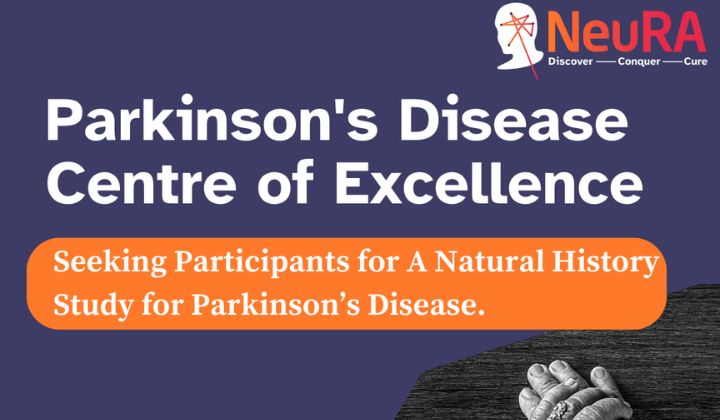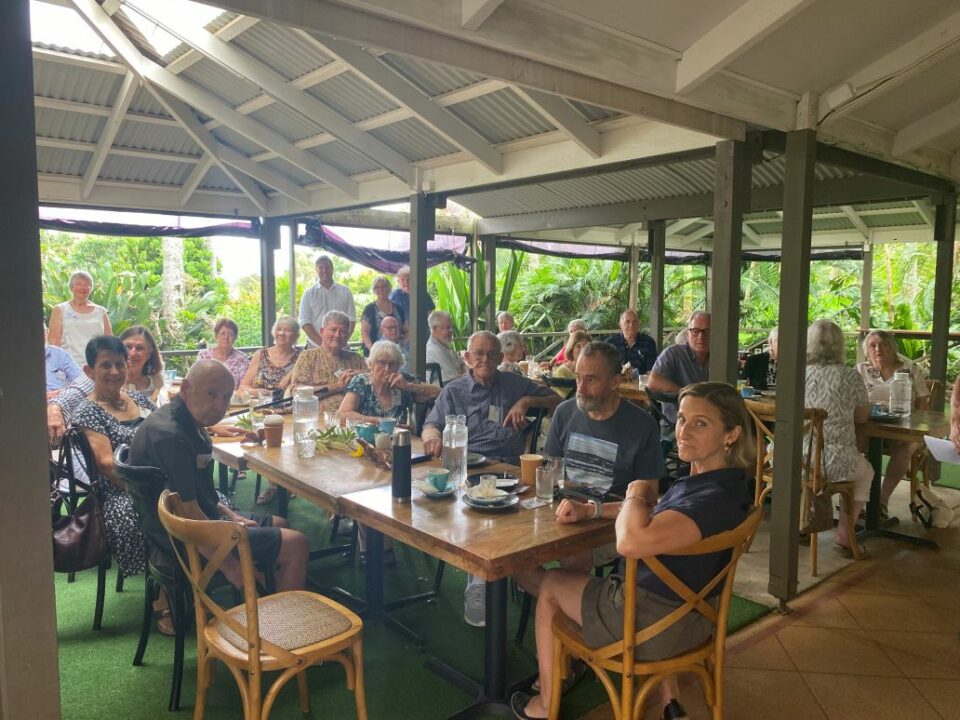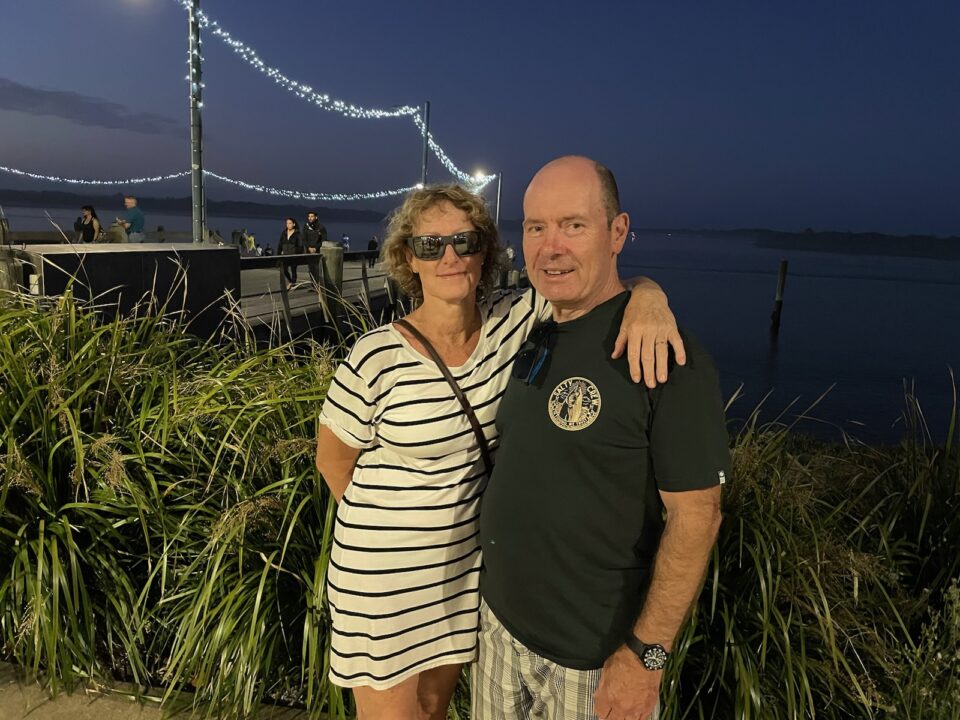Question time with a Parkinson’s researcher
Support Group Conference 2018
26th May 2020Exercise cuts Parkinson’s risk for men
26th May 2020Question time with a Parkinson’s researcher
Question time with a Parkinson’s researcher
Associate Professor Kay Double is based at The Brain and Mind Centre of The University of Sydney. She is a neurochemist who has been researching Parkinson’s for 25 years.
Her work focuses on understanding why specific brain cells die in Parkinson’s disease so more targeted treatments can be developed.

Q: What is the current focus of your research?
A: We have several projects running in parallel, trying to find ways of diagnosing Parkinson’s earlier and exploring the mechanisms that cause the death of dopamine neurones.
If we are going to design a drug to slow or stop Parkinson’s, we need to identify a specific target. Our hope is that if we can identify what makes dying cells vulnerable, then we can modify that with treatment.
Q: One area of your research involves study in the restoration of copper in brains affected by Parkinson’s. Why is this important?
A: This project involves looking at how individual neurones control both iron and copper levels and how changes in levels of these metals in neurones can make the cells more vulnerable to the disease process. We’re starting to understand the different biochemical
steps that happen within dopamine cells that cause damage and eventually cause them to die.
We know iron and copper are essential for the normal functioning of dopamine cells but too much or too little of either in the brain can be dangerous. So, we’re studying how drugs can safely correct levels of these metals in the regions of the brain affected by
Parkinson’s disease, without disturbing metal levels in other areas of the brain, and the result of this for neurone survival.
Importantly, changes in these metals in Parkinson’s only occur in the brain. Metal levels in other parts of the body – for example in the blood – are normal. This means we must design drugs to restore these metals in a very targeted manner.
Clinical trials involving people living with Parkinson’s are now underway using this approach which hopefully will result in slowing the disease process.
Q: You are also studying another type of motor neurone disease. How does this relate to your work on Parkinson’s?
A: This is a new and interesting area we are exploring. We’ve identified a link that had not been described before between Parkinson’s and Amyotrophic Lateral Sclerosis (ALS) – also known as Motor Neurone Disease or Lou Gehrig’s disease.
ALS is a degenerative disorder involving the death of nerve cells resulting in the gradual loss of voluntary muscle control.
While nerve cell death occurs in both Parkinson’s and ALS, it was traditionally thought that the reason for the death of these cells was quite different between these two diseases. In ALS the death of motor nerves in the spinal cord and brain results from an abnormal form
of protein called SOD1. The abnormal form of SOD1 is toxic to nerve cells.
In Parkinson’s it is thought that cell death results from another type of protein that becomes abnormal called alpha-synuclein which forms Lewy bodies – insoluble
clumps of protein found in the Parkinson’s brain.
However, our research found that abnormal SOD1 protein is found in the brain in both Parkinson’s and ALS and is only found in areas where cells die.
This is a breakthrough because it reveals that the two diseases actually share a single pathway to cell death. That opens up a whole body of research done by ALS researchers that Parkinson’s researchers can tap into. It has already been shown that therapies targeting the abnormal SOD1 protein in ALS patients result in improvements in movement and survival time.
If we can build on this research to identify why the SOD1 protein is abnormal and then how we can make it stable in people with Parkinson’s, it could eventually show us how to save brain cells.
Q: Why did you decide to concentrate on Parkinson’s research?
A: My PhD research was on dopamine which led me to study the disorders resulting from dysfunction of the dopamine system, including Parkinson’s and various forms of dementia.
I love studying Parkinson’s because it is really interesting to understand how the human brain controls movement and how that can go wrong in different diseases. Also, I have met so many brave Parkinson’s patients and their families and really want to contribute to finding a cure for this disorder.



